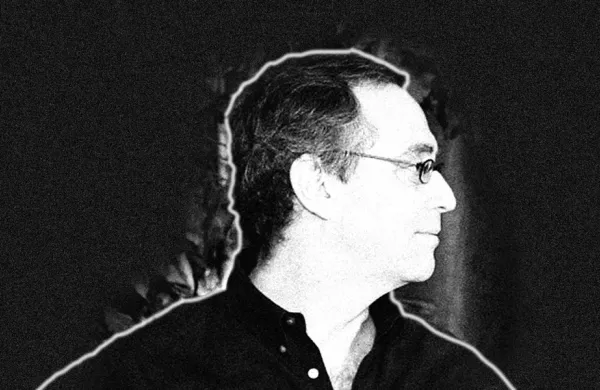Long before even some of the largest financial services firms put sophisticated risk mitigation programs into place, Peter Bernard, chief risk officer of the D.E. Shaw group, was blazing a trail at his firm with an innovative approach to analyzing what can go wrong. He discussed the firm’s techniques with Institutional Investor Senior Editor Jay Akasie.
1. What’s the difference between risk analytics and portfolio analytics?
Traditional risk analytics focus on downside exposures driven by changes in the market. Risk analytics encompass exposure-based assessments such as Value at Risk, stress tests and sensitivity analysis. By contrast, portfolio analytics take the analysis up a level in an attempt to shed light on how best to construct an optimal portfolio across various positions and strategies with an eye toward maximizing performance. Portfolio analytics are designed to help managers measure liquidity and avoid common risk-factor exposures across a portfolio. At the D. E. Shaw group, we try to integrate risk and portfolio analytics. After all, risk and return are two sides of the same coin, even if each is analytically distinct.
2. How has the practice of risk analytics changed in the past year?
The biggest change is the recognition that there is no magic bullet, no one risk metric that answers all risk management questions. People increasingly recognize the need to approach risk from different perspectives. We’ve developed custom systems in-house designed to help us identify where a portfolio might be most vulnerable. We’ll look at Value at Risk and stress tests, of course, but we also use a combination of other methods to discern risks related to credit, market and liquidity risks, as well as more-latent risks that could stem from financing, operational or regulatory changes.
3. Is Value at Risk still useful in this brave new world of risk management?
Although some people unreasonably relied on Value at Risk in the past and were burned by it, we believe that Value at Risk is still a very good tool when used for specific purposes. For example, Value at Risk remains a reasonable way to compare risk across asset classes and strategies. What Value at Risk doesn’t do is give you an accurate prediction for the worst-case scenario. The industry has now embraced stress testing, which is more nuanced than Value at Risk, but stress tests shouldn’t be considered the last word in risk analytics either.
4. Five years ago you were doing the kind of stress testing that even some big banks weren’t doing. Why have most firms followed your lead?
We’ve used stress tests for many years because they can provide a foundation for asking more-informed questions about a portfolio: “Why did those two strategies both react similarly to a stress test’s change in currency values?” or “Why did that position react so anomalously to a shift in commodity prices?” Stress tests can reveal unexpected correlations that might occur in difficult circumstances.
5. What changes have you seen in risk management since the financial crisis?
The biggest change has been improvements in the way the industry communicates with investors. They asked for more information about risk exposures, and the industry responded thoughtfully and intelligently. It’s not just about the quantity of information but also the quality, relevance and understandability of that information. Although we’ve always provided extensive risk-exposure information to investors, after 2008 we undertook a major effort to improve what we communicated and how.






